
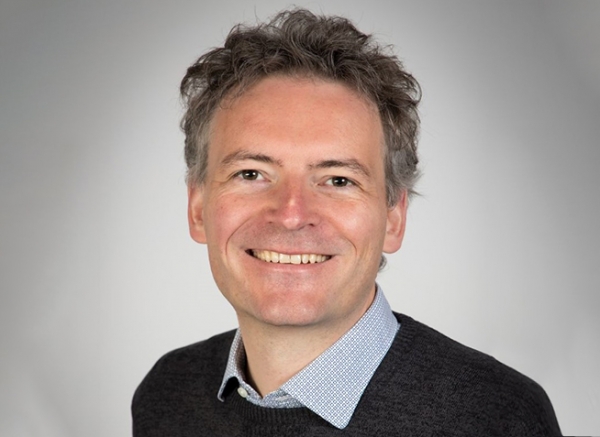
Philipp Adelhelm is a professor for physical chemistry at Humboldt-University Berlin and leads a joint research group on operando battery analysis at the Helmholtz-Zentrum Berlin. His main interests are inorganic electrodes for Li-ion and Na-ion batteries as well as solid-state batteries.

Rob Armstrong is EaStChem Fellow in Energy Materials at the University of St. Andrews, UK and has been involved in battery research since 1994. He has published several landmark papers in Li-ion and Na-ion battery research including the first report of layered LiMnO2 and several papers on layered sodium manganese oxides. His research is concerned with the synthesis and characterisation of novel electrode materials for Li-ion and Na-ion batteries, with emphasis in correlating structure and properties using powder diffraction combined with electrochemical studies. He is a member of the Alistore European Research Institute on advanced batteries, where he is the St Andrews representative on the scientific council. He is project leader for the Faraday Institution project, NEXGENNA, to develop the next generation of sodium-ion batteries.

Dr. Jerry Barker is founder and Chief Scientist of Faradion Limited – a UK-based start-up company developing high energy density Na-ion batteries. He is an honorary Professor of Chemistry at the University of St-Andrews. Previously Jerry was Research Director at Valence Technology Inc. He has published over 85 technical papers (h-index = 57, total citations > 11,000) and is the named inventor on more than 120 issued and 50 pending US battery patents. He is the inventor of several commercially successful Na-ion and Li-ion active materials as well as the carbothermal reduction (CTR) method for the volume manufacturing of LiFePO4. In 2012, Jerry was awarded the IBA Technology Award in recognition of his contributions to Li-ion battery materials. He is a member of the Expert Panel for the UK’s Faraday Institution and serves on the advisory board Australia’s storEnergy initiative.
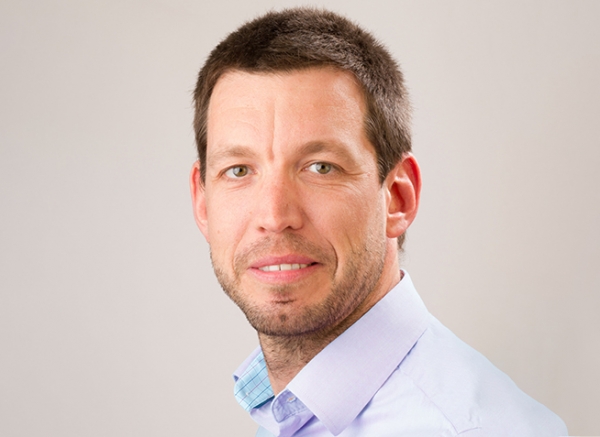
Corsin Battaglia is directing the laboratory Materials for Energy Conversion at Empa, the Swiss Federal Laboratories for Materials Science and Technology, and is a lecturer at ETH Zurich. His research focuses on the development of advanced materials and manufacturing processes for next-generation batteries in several federally funded and European projects. He is co-author of more than 150 scientific papers with >10´000 citations and several international patents in the battery field. He serves as executive committee member of the Swiss Battery Association iBAT, as Swiss representative in the European large-scale research initiative Battery 2030+, as expert in Batteries Europe´s Working Group on New and Emerging Battery Technologies, and is a member of the European Research Institute Alistore and the Batteries European Partnership Association.
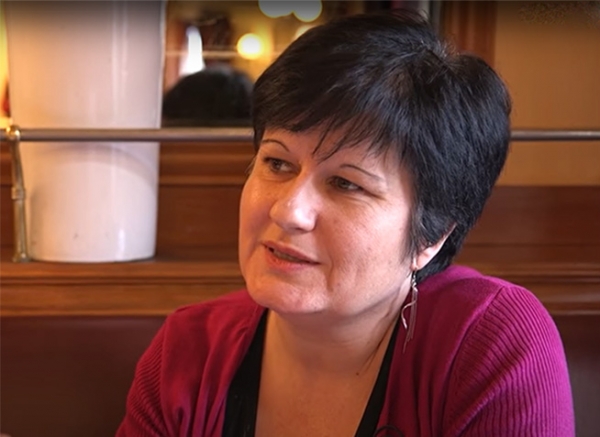
She received her DrSc Degree in Solid State Chemistry in 1996 from Nantes University at the Institut des Matériaux Jean Rouxel (IMN, France) and spent one year as a postdoctoral research fellow at the Bonn University (Germany). She became CNRS researcher at ICMCB in 1997, and is leading the research group “Energy: Materials and Batteries” since 2004. She is actively involved in the French Network on the Electrochemical Energy Storage (RS2E) and in the ALISTORE European virtual Research Institute devoted to battery research.
She has been working for more than 25 years now on the crystal chemistry of electrode materials developed for Metal-ion batteries, especially layered oxide and phosphate-type positive electrode materials, and on the characterization of original structural and redox mechanisms involved upon their cycling in batteries. She is also strongly involved in the development of in situ and operando characterization tools by diffraction, in collaboration with large-scale facilities (Alba, ILL and Soleil). She is author of more than 130 publications and delivered more than 60 invited talks.

Professor Edström coordinates EU Large-Scale Research Initiative BATTERY 2030+ CSA and the Ångström Advanced Battery Centre (ÅABC). She is professor of Inorganic Chemistry at Uppsala University, Sweden. Her research comprises studies of lithium-ion batteries but also new battery chemistries and systems. She has published more than 250 scientific papers and she has an H-index of 57. She is a member of the Royal Swedish Academy of Engineering Sciences, honorary doctor at the Norwegian University of Science and Technology NTNU, and 2018 she received the grand prize from the Royal Institute of Technology KTH. She is since 2019 a Wallenberg Scholar.
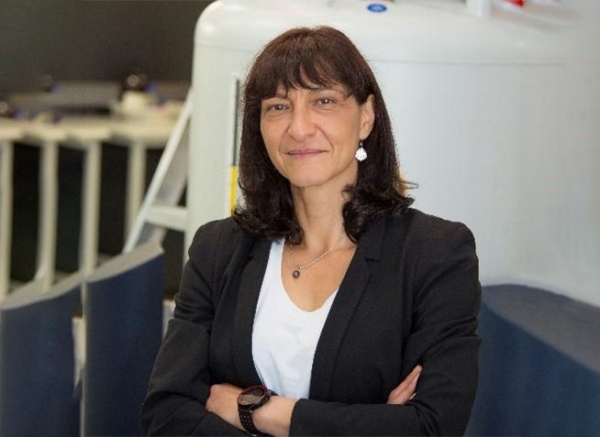
Professor Maria Forsyth “FAA” (Fellow Australian Academy of Sciences) an Alfred Deakin Professorial Fellow at Deakin University and an Ikerbasque Visiting Professorial Fellow at University of the Basque Country. Professor Forsyth has worked at the forefront of energy materials research since her Fulbright Research Fellowship in 1990 and has consistently made breakthrough discoveries, including in polymer electrolytes, ionic liquids and organic plastic crystals. Her research has focused on understanding the phenomenon of charge transport in these materials and at metal/electrolyte interfaces present in all electrochemical applications. This extensive body of work provides the basis for understanding the behaviour of these materials and thus, provides clarity on how to overcome their performance limitations and design and develop improved applications.
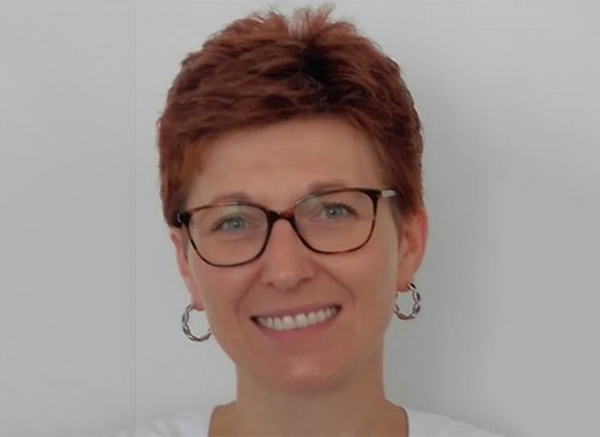
Magda Graczyk-Zajac is a project leader in the Research and Development Department of the EnBW Energie Baden-Württemberg AG, a publicly traded energy company headquartered in Karlsruhe, Germany. Optimization and efficient operation of stationary storage installations including testing and evaluation of innovative storage solutions are in the focus of her interests. She is also involved in the activities of EnBW related to lithium recovery from geothermal sources. In parallel she is acquiring the qualification for lecturing in higher education (“Habilitation”) at TU Darmstadt and is a deputy coordinator of the Horizon 2020 granted project SIMBA (Sodium Ion and Sodium Metal Batteries, Grant Agreement no. 883753). Her research interests include also innovative processing routes to obtain well-performing materials for Lithium and beyond Lithium technologies, as well as advances in recycling routes of Li-ion batteries. Magda received her PhD in Physical Chemistry with Prof. Mikhail A. Vorotyntsev at Burgundy University (Dijon, France) in 2007 and then moved to CEA Grenoble as a research engineer. Later, she moved back to academia and continued her research on polymer-derived ceramics for energy-related applications as a Postdoc and later Junior Group Leader in Material Science Department of TU Darmstadt, Germany.
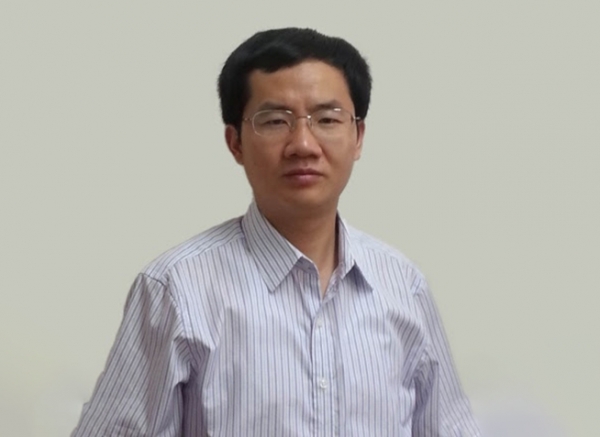
Yong-Sheng Hu is a full professor at the Institute of Physics, Chinese Academy of Sciences. He received his Ph.D. in Condensed Matter Physics from IoP-CAS with Prof. Liquan Chen in 2004, and then moved to Max Planck Institute for Solid State Research as Postdoc and Principal researcher. After a short stay at the University of California at Santa Barbara, he joined IoP-CAS in 2008 and is working on advanced materials for long-life stationary batteries and their energy storage mechanism, particularly focusing on Na based batteries. His recent original contributions include: propose the use of “cationic potential” to predict the O and P stacking structures; discover the electroactivity of Cu2+/Cu3+ redox couple in sodium containing oxides and design a series of air-stable Na-Cu-Fe-Mn-M-O cathode materials for Na-ion batteries; propose a superior low-cost amorphous carbon made from anthracite as an anode for Na-ion batteries; design zero-strain anode materials for Na-ion batteries; propose a “Solvent-in-Salt” electrolyte; etc. He has published over 200 internationally refereed SCI publications including Science、Nature Mater.、Nature Energy、Joule、Nature Commun.、Science Adv.、etc, which have been cited over 30000 times according to ISI web of science with an H-index of 90. He was selected as a Thomson Reuters Highly Cited Researchers from 2014 to 2020. He became the senior Editor of ACS Energy Letters from October of 2018. He also received several awards and honors, such as The National Science Fund for Distinguished Young Scholars, The 14th China Youth Science and Technology Award, Tajima Prize, Fellow of The Institute of Physics (UK), Fellow of The Royal Society of Chemistry, etc.

Patrik Johansson is Full Professor in Physics at Chalmers University of Technology, Sweden, where he leads a group of ca. 10 PhD students and postdocs, as well as being co-director of ALISTORE-ERI, one of Europe´s largest industry-academia networks within the field of modern batteries, and vice-director of the Graphene Flagship, one of Europe’s largest joint research efforts all categories. He received his PhD in Inorganic Chemistry in 1998 from Uppsala University, Sweden and has continuously aimed at combining understanding of new materials at the molecular scale, often via ab initio/DFT computational methods and IR/Raman spectroscopy, with battery concept development and real battery performance – with a special interest in all kinds of electrolytes. He is currently active in several large battery projects, such as BIG-MAP and DESTINY. Most notably, his team won the Open Innovation Contest on Energy Storage arranged by BASF in 2015 for his new ideas on Al-battery technology (prize sum 100,000€). He has published close to 200 papers.


Dr. Xiaolin Li currently is a scientist in the group of Electrochemical Materials and Systems in Energy Processes and Materials Division. He joined Pacific Northwest National Laboratory (PNNL) in December 2009. Before that, he conducted his postdoctoral research on carbon nanotubes and graphene with Prof. Hongjie Dai, NAS fellow, at Stanford University. Dr. Li has extensive experience with carbon nanotubes, graphene, and is an expert in designing nanostructured functional materials for various applications. He has authored/co-authored more than 80 papers including Science, Nature Nanotechnology, Journal of the American Chemical Society, Angewandte Chemie International Edition, Energy Environmental Science, Nature Communications, and Advanced Materials, to name a few. According to Google Scholar, he has a total citation of more than 20,000 times.
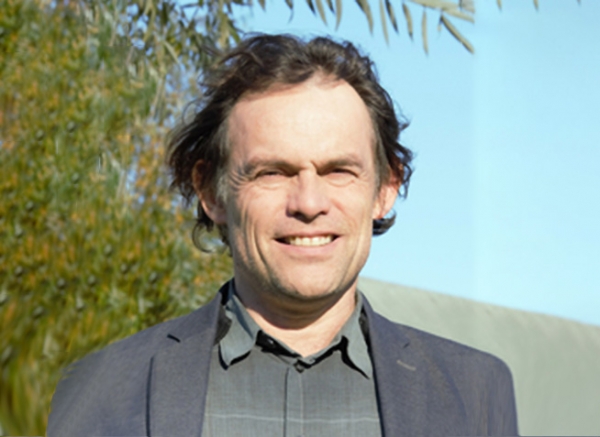
Christian Masquelier joined Université de Picardie Jules Verne, Amiens, France, as a Full Professor of Chemistry at the LRCS, a UPJV-CNRS mixed research unit. He has been working for 30 years on the crystal chemistry of sodium ion conductors and positive electrode materials for Li-ion and Na-ion batteries, in particular on operando X-ray or neutron diffraction of phosphate-based positive electrodes. He is the co-author of ~170 publications and 15 international patents in this field. He is presently Co-Director of the ALISTORE European Research Institute and head of the MESC+ “Materials for Energy Storage and Conversion”, an ERASMUS MUNDUS European Joint Master Degree. Since 2020, he is the Coordinator of the European Marie Curie PhD-COFUND project DESTINY.
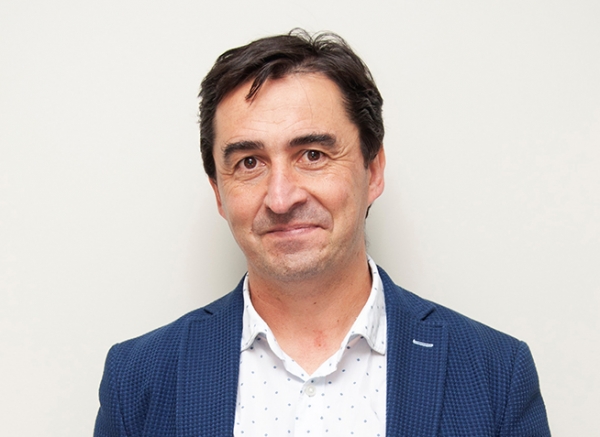
Prof. David Mecerreyes is the Head of the Innovative Polymers Group at POLYMAT – UPV/EHU (Spain) and currently the Scientific Vice-Director. His research on new polymers has been recognized with awards including an ERC Starting Grant in 2011 and Research Excellency Award in 2020 by the Spanish Royal Chemical Society (RSEQ). He is a co-author of 300+ publications in peer-reviewed journals that have received over 20000 citations. His research is on the synthesis and application of poly(ionic liquid)s, conducting polymers and redox polymers for energy and bioelectronics.

Dr. Y. Shirley Meng received her Ph.D. in Advance Materials for Micro & Nano Systems from the Singapore-MIT Alliance in 2005, after which she worked as a postdoc research fellow and became a research scientist at MIT. Shirley currently holds the Zable Chair Professor in Energy Technologies and professor in Materials Science & NanoEngineering at University of California San Diego (UCSD). Dr. Meng is the principal investigator of the research group - Laboratory for Energy Storage and Conversion (LESC). She is the founding Director of Sustainable Power and Energy Center (SPEC) (2005-2020). In 2020, she is named as the inaugural director of Institute for Materials Discovery and Design (IMDD). Dr. Meng received several prestigious awards, including the Faraday Medal of Royal Chemistry Society (2020), International Battery Association Battery IBA Research Award (2019), Blavatnik Awards for Young Scientists Finalist (2018), American Chemical Society ACS Applied Materials & Interfaces Young Investigator Award (2018), C.W. Tobias Young Investigator Award of the Electrochemical Society (2016) and NSF CAREER Award (2011). Dr. Meng is elected Fellow of Electrochemical Society (FECS) and Fellow of Materials Research Society (FMRS). She is the author and co-author of more than 230 peer-reviewed journal articles, two book chapters and five issued patents. she is the Editor-in-Chief for Materials Research Society MRS Energy & Sustainability

After a PhD in Inorganic Chemistry from Nantes University, at the Institut des Matériaux Jean Rouxel of Nantes, and a postdoc at the Max Plack Institut at Stuttgart, Laure Monconduit was appointed researcher at CNRS in 1996. She was promoted CNRS research Director in 2011. She currently leads a group of 10 researchers, ca. 12 PhD students and postdocs. Her current research directions include the synthesis and characterization of new electrodes materials for Li-ion, and for post-Li systems (Na-, K-, Ca-ion batteries), the improvement of their performance by playing on nano-structuration, on electrode formulation, on the confinement in carbon matrix...The understanding of the electrochemical mechanism through operando characterization technics (XRD, IR-ATR, Raman, Mössbauer spectroscopy) is at the center of her research. She was very active in thematic group M-ion of the European network ALISTORE-ERI and in the French network RSE2. LM was leader or participant of numerous scientific projects, National projects (ANR, CNRS), European or International project (H2020: Porous, Vidicat, Destiny), bilateral (Israel, UK). She has also numerous collaborations with industrial partners (Saft, Umicore, Total S.A., Hutchinson, Nanomakers, Renault, Pellenc, SNAM, ROSI).

Professor Teofilo Rojo is Full Professor of Inorganic Chemistry at the University of the Basque Country. From 2010 to 2020, he was the Scientific Director of the CIC energiGUNE developing materials research for advanced batteries (lithium, sodium, redox, etc.). Professor Rojo served as Director of Inorganic Chemistry Department of the University of the Basque Country for several years. He has been Vice-president of the Inorganic Chemistry group and Chairman of the Solid-State Chemistry and Materials group within the Spanish Royal Society of Chemistry from 2000-2010. In 2016 he was named member of the Working Party on Chemistry and Energy of EuCheMS (European Chemical Science). He is member and assessor in many National Research Evaluation Commissions from Spanish Ministry and different Agencies such as CNEAI, UNIQUAL, ANECA. Prof. Rojo is co-author of more than 600 articles with more than 24000 time cites and an h-index of 71. He is co-author of twelve book chapters and co-editor of two books. His research is focused on Solid State Chemistry and Materials Sciences, on the study of materials for both lithium and post-lithium based batteries to improve the power and energy density through the study of the mechanisms that govern their performance. In 2013 he received the Research Award of the Spanish Royal Society of Chemistry in the Area of Inorganic Chemistry and he was appointed as an Academic Member of the Royal Spanish Academy of Exacts, Physical and Natural Sciences in 2015.
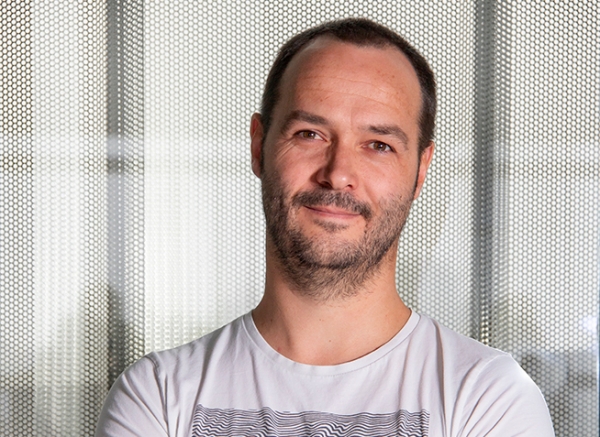
Damien Saurel is an electrochemist and solid-state physicist, with cumulated solid experience in a very broad range of material’s physical and physico-chemical characterization techniques, such as magnetic measurements, DC and AC conductivity, Small Angle Scattering (neutrons - SANS and X-rays – SAXS) and X-ray diffraction. After a Master thesis in 2002 on magneto-resistive manganese oxide thin films, he completed his PhD in 2005 from the University of Caen, France, holding a three-year grant from the CEA. During his PhD he shared his time between the CRISMAT laboratory (Caen, France) working on electronic and magnetic properties of colossal magnetoresistive manganese oxides, and the LLB-CEA national neutron facility (Saclay, France). In 2006 he joined for one year the Institute of Nanosciences of Aragon - INA (University of Zaragoza, Spain) as a postdoctoral researcher working on the DC conductivity of composites made of carbon nanotubes embedded in polymer matrix, and on the setup of a prototype for detection of magnetic nanoparticles for quantitative chromatographic medical tests using a magnetoresistive sensor. He joined the Institute for Nanoscale Physics and Chemistry - INPAC (University of Leuven, Belgium) as a postdoctoral researcher where he studied by photoluminescence spectroscopy the nanometric confinement effects under high pulsed magnetic field of Er-doped nano-glass ceramics for telecommunication applications. In September 2008 he became assistant professor at the University of Caen (France), and became tenured civil servant as “Maître de conferences” (Lecturer) at the university of Rouen (France) in September 2009, teaching in physics, materials science and electronics. Damien Saurel joined the CIC energiGUNE in July 2011 as a researcher of the electrochemical energy storage area (EES). He is head of the Physical Properties Measurement platform since 2012 and head of the XRD platform since 2017.
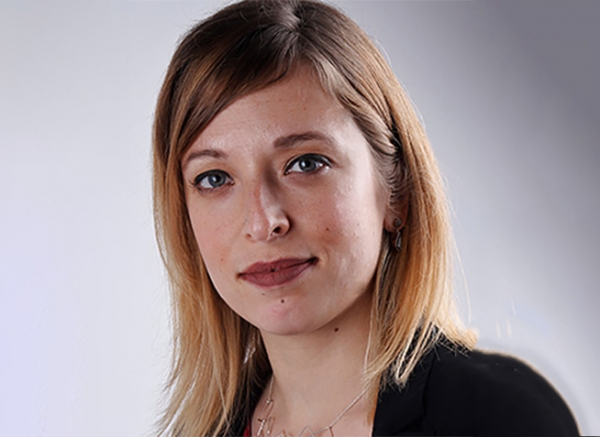
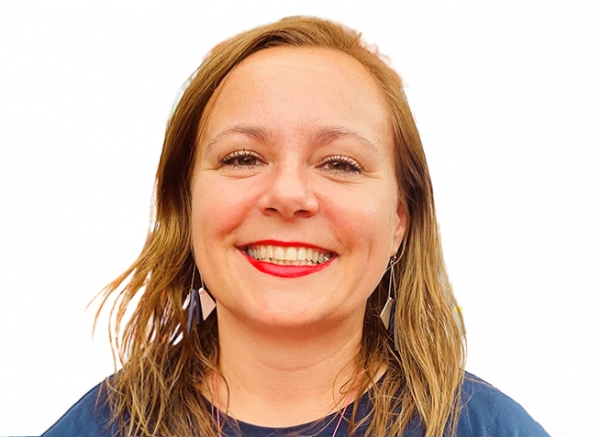
Magda Titirici has a Ph.D. from University of Dortmund (2005). She then did a PostDoc and become later a group leader at the Max‐Planck Institute of Colloids and Interface. She worked at Queen Mary University of London between 2013-2018 as a Reader and Full Professor. She is currently a Chair in Sustainable Energy Materials at Imperial College London in the Chemical Engineering Department and a RAEng Chair in Emerging Technologies. Magda’s research interests are in the field of sustainable materials for energy storage and conversion. Magda serves currently as the president elect for the RSC materials chemistry division as well as the research director with the Chemical Engineering Department at Imperial. She has published over 280 papers in the area of energy storage and conversion cited over 28744 times ( in the Clarivate list of top cited researchers over the past 5 years).

Energia biltegiratzeko azken joerak eta ikerkuntzako berrikuntzak ezagutu nahi badituzu, harpidetu zaitez.

Goi-mailako talde batean sartu nahi baduzu, hainbat diziplinatako espezialistekin elkarlanean aritu edo zure kezkak kontatu nahi badituzu, ez pentsatu bi aldiz...